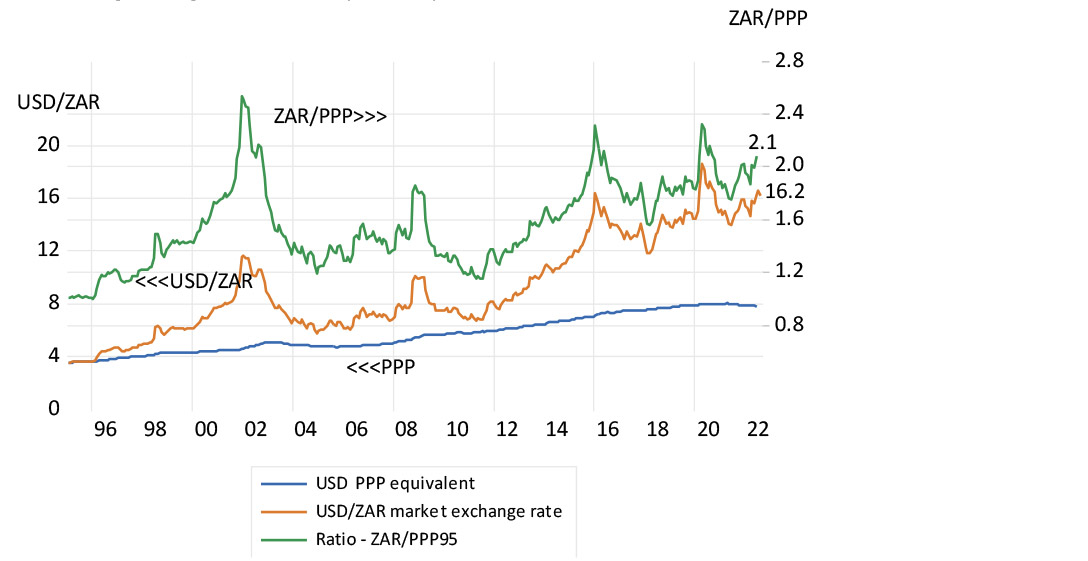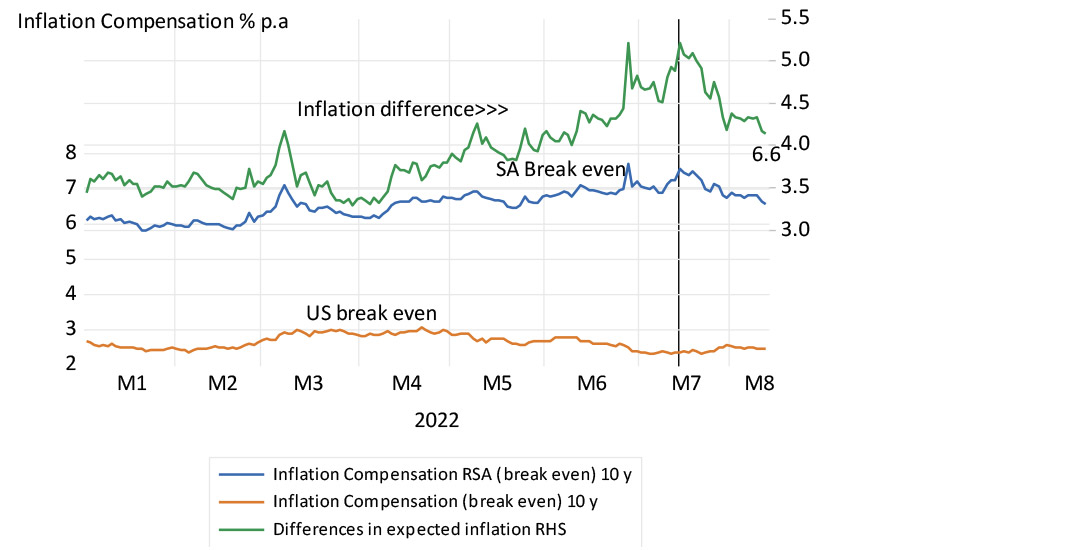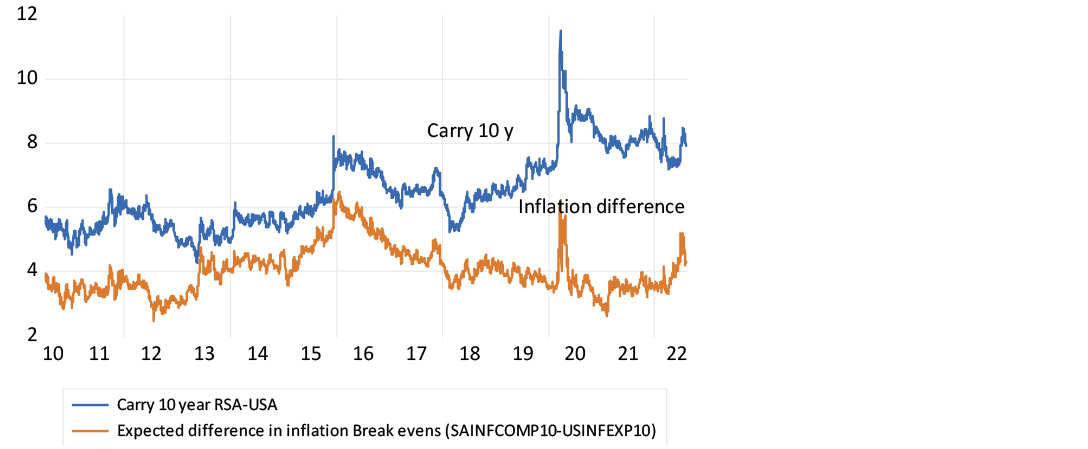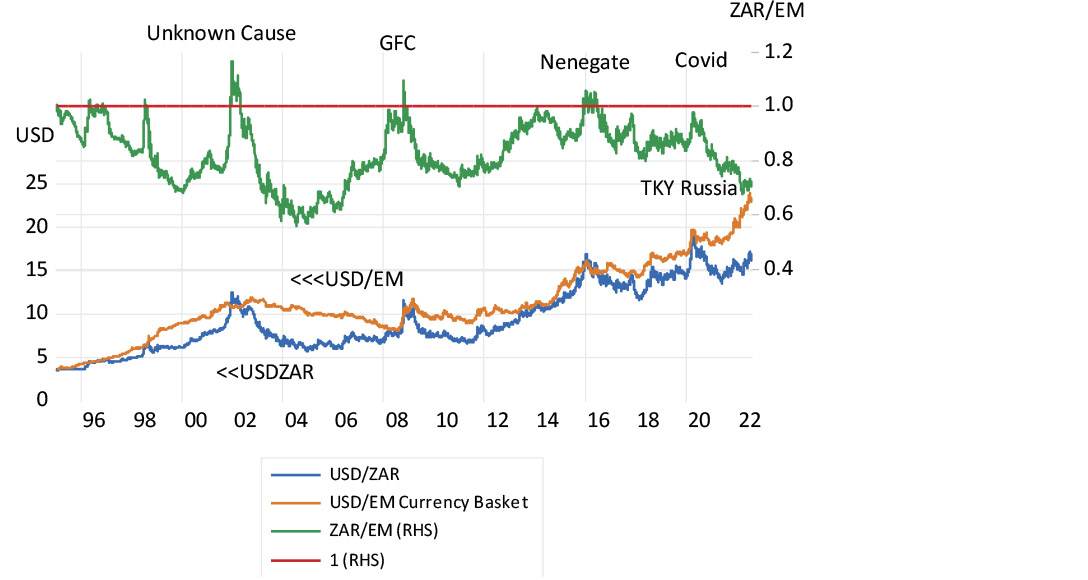They never promised us – nor did we realistically expect – a public sector in SA that performs as well as they seemingly do in say Scandinavia. What we have in SA is however widely recognised as an almost complete failure. The government offers little defence of its current practice – only long agendas for reform. Which raises the question – why does the SA public sector perform quite so badly?
One feature of the SA public sector deserves notice. The financial rewards it offers its officials – salaries, medical and pension benefits and secure tenure, are clearly very attractive when compared to the private sector. Such that there is very little movement from public to private employment. The regret of the government is that the limited flow of taxes has provided minimal scope for raising the numbers of teachers, nurses or humble pothole fillers. For those that have jobs are given more– in the form of regular above inflation increases in their salaries. While the hospital wards and classrooms become increasingly crowded and the roads impassable and the lights are off rather than on.
Given the superiority of public employment and given the abject failure of the economy and the labour market to absorb many more men and women of working age into formal employment, the issue of just how the favoured jobs in the public sector are allocated becomes especially important to understand. Recruiting strictly on the merits of potential recruits is clearly not the overriding modus operandi in SA. Observing racially prescribed quotas are one of the binding constraints. And a key performance indicator by which institutions and their leaders are measured.
ANC Cadre employment is another important objective of government employment policy. That notwithstanding the implications drawn by the Zondo Commission of Enquiry, is a practice that has not been disavowed by the President. And yet should cadre deployment not be the overriding mission and practice of the HR specialists in government, nor merit their North Star, the tempting gap between the supply and demand for highly prized employment opportunities with governments, of all kinds and agencies in SA, is very likely to be filled by unorthodox procedures in exchange for a finder’s fee or some equivalent. The opportunity to capture some of the ongoing rents will not have escaped those with bargaining power or influence. Historically in other regimes, shop-stewards, backed by Unions with the power to strike down essential services, have exercised such powers when allocating limited and well-paid jobs as on the Docks or the construction sites or among the waste removers. Nepotism may be another description for it. As they say nature, including homo economicus, abhors a vacuum.
If employment in the public sector is not explained by objective measures of ability to perform important functions – by qualifications carefully vetted and by psychometric measures of potential etc objectively administered. And when advancement is based upon years of service, and not key performance indicators (KPI’s) of the kind common in the private sector, how are the officials so appointed, likely to behave, all the way up the hierarchy? As may be presumed of all in the workplace, they will behave mostly in a self-interested way. You do get what you pay for.
Absent any link between merit, performance and reward, accepting the grave responsibility for carefully spending hard earned taxes, or of being a conscientious public servant for its own reward, is much less likely to be the outcome. Denying the capture of highly valuable contracts with government, opening the tender honestly, whistle blowing when procurement rules are flaunted, becomes essentially quixotic, even dangerous. Going the extra mile when nursing or teaching or policing all becomes much less likely. After all, where else is the citizen to go for a permit or essential documentation, or the poor to go for schooling or medical care or protection? They are easily treated as supplicants rather than valuable customers. Producers rather than consumer’s interest will prevail.
The case for meritorious public service is essential to the purpose of good government. Introducing much more of it in SA will however have to overcome powerful interests in the established favour and crony driven system. It will take the recognition, resentments and ultimately the votes of the victims of poor service to do so.










































